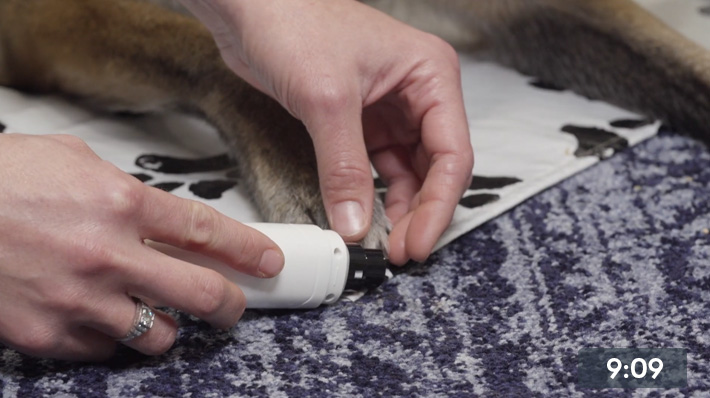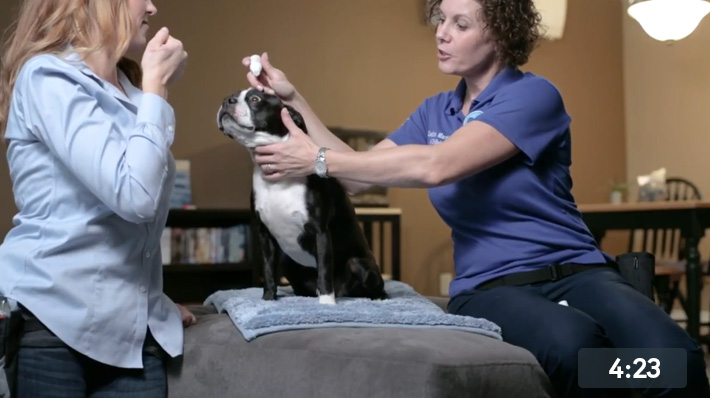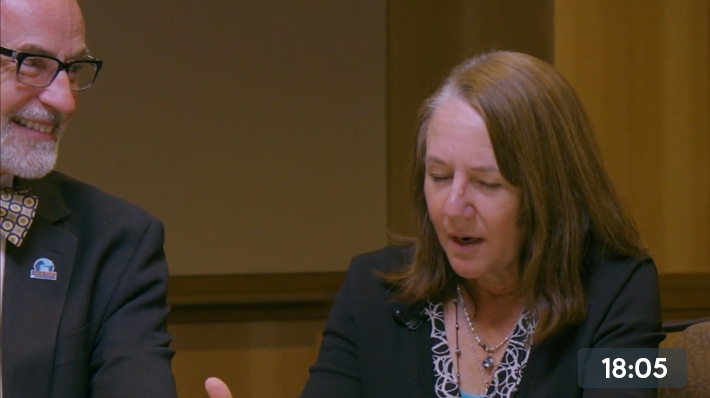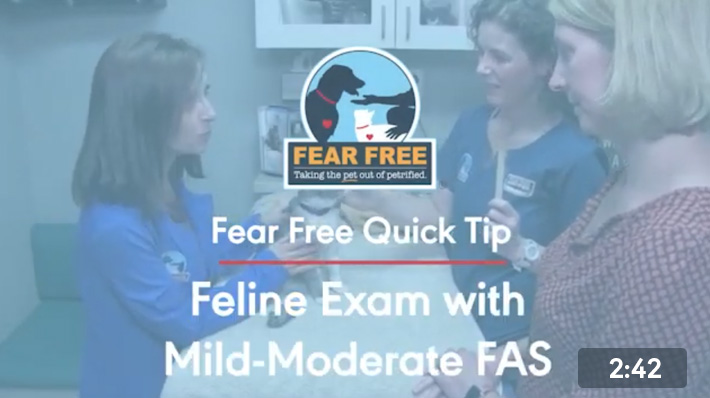
Mikkel Becker, CBCC-KA, KPA CTP, CDBC, CPDT-KA, CTC and Debbie Martin RVT, CPDT-KA, KPA CTP, VTS (Behavior) explain how Fear Free principles can be used to create a comfortable and safe nail trim experience for you and your pet.

Mikkel Becker, CBCC-KA, KPA CTP, CDBC, CPDT-KA, CTC and Debbie Martin RVT, CPDT-KA, KPA CTP, VTS (Behavior) explain how Fear Free principles can be used to create a comfortable and safe nail trim experience for you and your pet.

Just the idea of medicating your pet can send both of you running for the hills. Mikkel Becker, CBCC-KA, KPA CTP, CDBC, CPDT-KA, CTC and Debbie Martin RVT, CPDT-KA, KPA CTP, VTS (Behavior) explain how you can make this stressful task rewarding and Fear Free for both you and your pet.

Creating a Fear Free Treat-Ment station can help you and your pet make needed procedures such as nail trims, injections, and grooming easier. Mikkel Becker, CBCC-KA, KPA CTP, CDBC, CPDT-KA, CTC, and Debbie Martin RVT, CPDT-KA, KPA CTP, VTS (Behavior), will show you how to put the “treat” in treatment!

As the final piece of our pain management series, our experts each take a moment to let us know their most important pieces of information and expertise that they hope every veterinary professional can take to heart.

The management of patient pain can often fail when the onus is put onto the owner to properly medicate their pet. Our experts discuss best practices on managing pain at home with clients, particularly with feline patients who can often be difficult to manage. There is also a discussion of what acute pain does to the body of our patients.

One of the most overlooked tenets of Fear Free is the hospital environment and how it can affect your patients’ fear, anxiety, and stress. Our roundtable of experts discuss how you can create a welcoming environment for your patients, clients, and team members.

The roundtable of experts discuss how the implementation of Fear Free in hospitals can help reduce the stress of all members of the veterinary team and owners—and thus the FAS of the clients and patients. There is also a discussion on how to handle referral clients, especially those who may not be able to come back for repeated visits and how putting yourself in the place of the animal can help you to understand how to manage the hospital environment for them.

Blood draws are an essential part of practicing veterinary medicine, but they can be stressful for the professional, let alone the patient. Veterinary nurse/animal trainer Laura Ryder, CPDT-KA, KPA-CTP, shows you how you can get a canine blood draw done the Fear Free way.

Join a star-studded roundtable of Fear Free experts discussing the interaction of pain and fear, how the variability between specific patients and species can affect pain, and how management of fear can help to alleviate pain.

You must be a Fear Free member to access this content.
Lisa Radosta, DVM, DACVB, shows how to examine a feline patient who is exhibiting mild to moderate FAS in a safe and controlled manner.